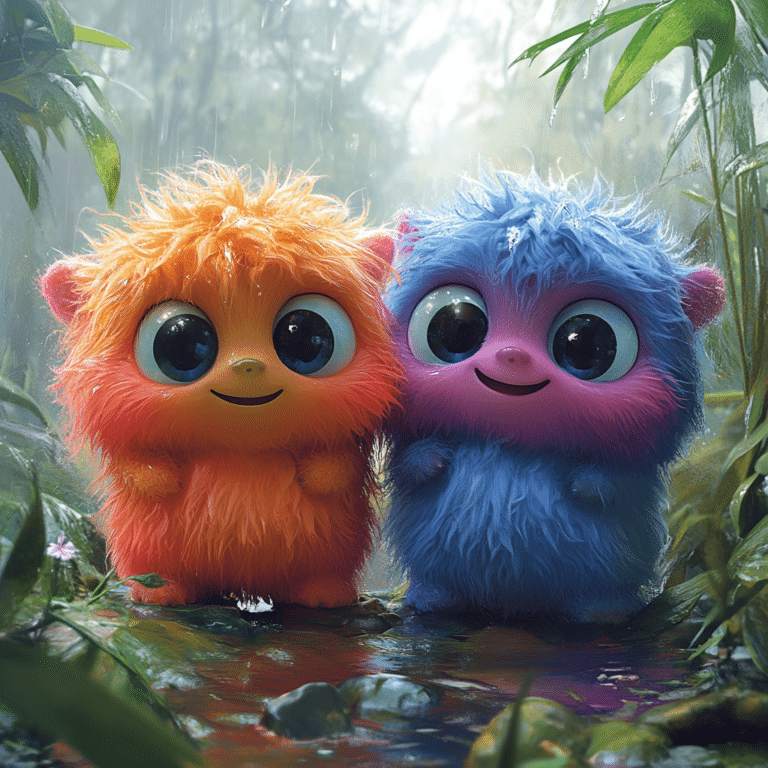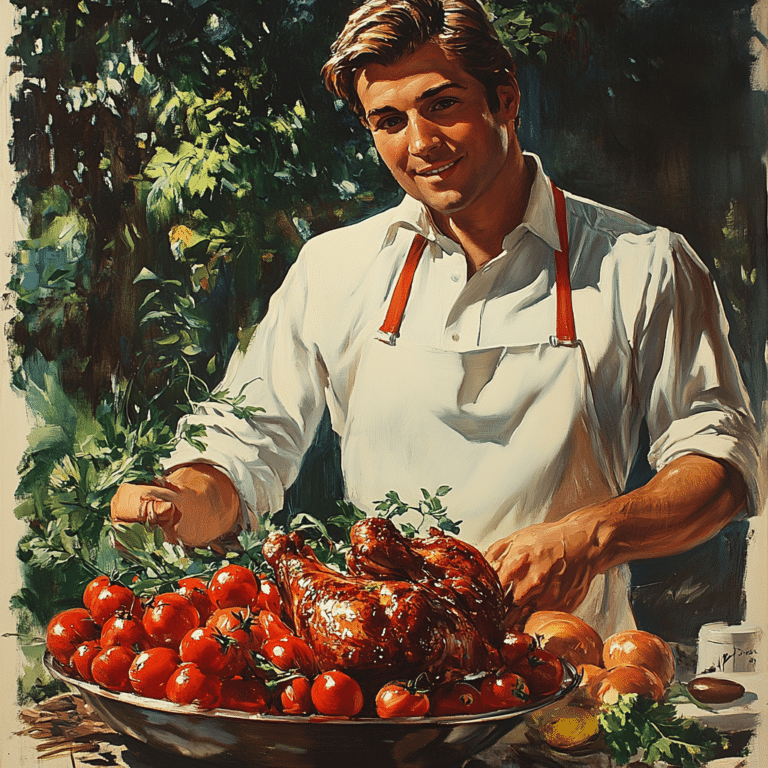In the quietude of screening rooms, amongst flickering images, lies the power to awaken us to forgotten corners of history. One such cinematic journey is the “Rosewood Movie”, a piece that glares back at the harrowing shadows of our past, inviting us to bear witness, to remember, and to acknowledge the scars history has left upon the tapestry of time.
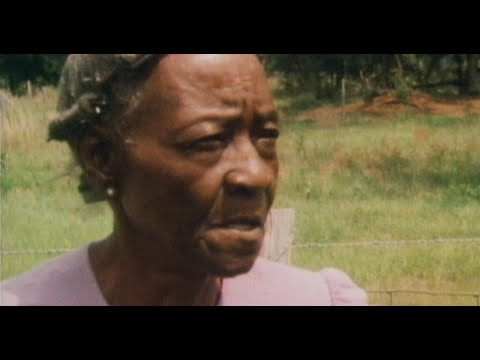
Exploring the Emotional and Historical Layers within the Rosewood Movie
In 1997, director John Singleton brought to the screen a story so powerful in its truth that it reverberated through the very foundations of American history. The “Rosewood Movie” doesn’t merely recount the horrors of the 1923 Rosewood massacre; it submerges its audience into the depths of human despair and resilience. This film, set against the backdrop of the racial turmoil that blistered through early 20th century America, was a cultural earthquake at its time of release and still resonates profoundly today.
As we watch, Singleton doesn’t just paint history; he carves out the emotional complexities of a narrative long silenced. Real-life individuals became characters on both sides of this historical narrative, portrayed with meticulous care by the likes of Jon Voight, Ving Rhames, and Don Cheadle. But beyond its storytelling prowess, the release of the “Rosewood Movie” beckoned a society to confront its uncomfortable history, urging for cultural healing and progressing dialogue on race relations.
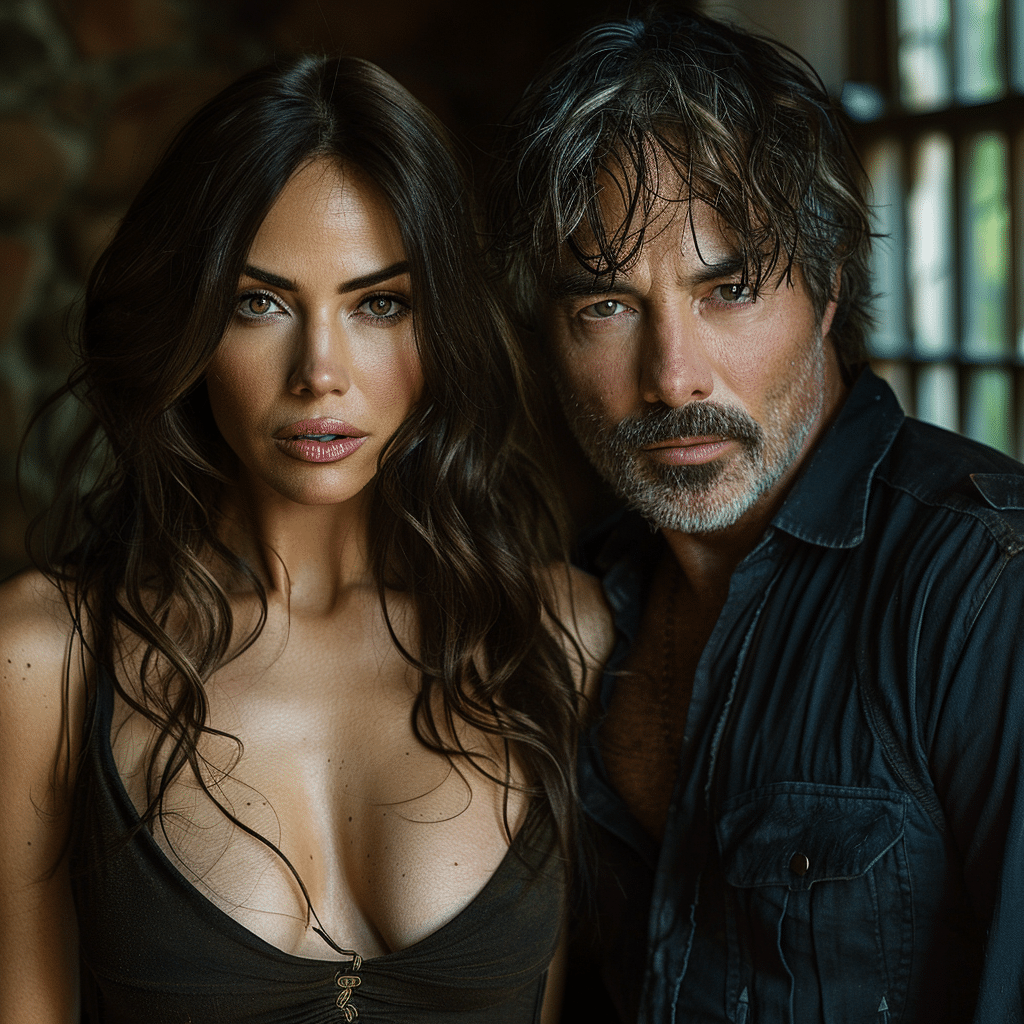
Unearthing the True Story Behind the Film: The Rosewood Massacre
The town of Rosewood, Florida, was once a self-sufficient, predominantly African American community. It was, in the early 1900s, a whisper of progress amidst the cacophony of America’s racial divide. Yet the relative peace and blossoming prosperity of this enclave were not to last. Sparked by accusations stemming from racial stereotypes and intolerance—a kindling that ignited a violent reaction—the Rosewood massacre resulted in a desecrated community and lives tragically snuffed out.
Survivor accounts and historical records shape a chilling portrait of chaos and cruelty—a narrative John Singleton would later craft into the “Rosewood Movie.” Through cinematic language, he brought these accounts to life, etching the survivors’ stories onto the silver screen. We see faces of vengeance, hear the cries of the innocent, and feel the palpable fear that coursed through the veins of Rosewood’s residents so long ago.
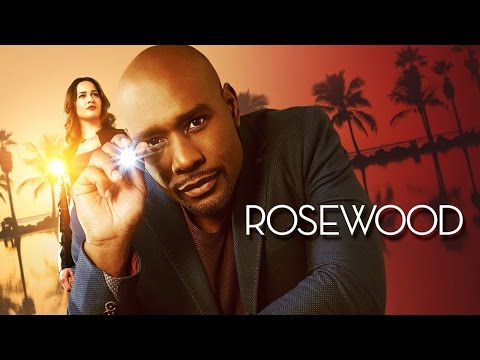
| Category | Information |
|---|---|
| Title | Rosewood |
| Release Year | 1997 |
| Director | John Singleton |
| Genre | Historical Drama |
| Inspiration | 1923 Rosewood massacre in Florida |
| Cast | |
| – Others include Esther Rolle, Michael Rooker, and Elise Neal | |
| Rating | R (for violence and language) |
| Plot Summary | The story follows victims and survivors of racial violence in the small African-American community of Rosewood. |
| Historical Context | Based on true events that occurred in Florida at the end of December 1922 through January 1923. |
| Themes | Racial Injustice, Survival, Community, and Courage |
| Audience Warning | Notable for intense and graphic depictions of violence, including gun violence, lynching, and physical abuse. |
| Box Office | Unknown for 2023; historical data required |
| Critical Reception | Mixed to positive reviews; praised for performances and historical importance but criticized for dramatic execution. |
| Educational Value | Offers a depiction of a significant, though often overlooked, event in American racial history. |
The Rosewood Movie’s Approach to Authenticity and Artistic License
Crafting a story from the shards of the past is no easy task. In “Rosewood”, Singleton and screenwriter Gregory Poirier walked tightropes suspended over chasms of factual recounting and artistic interpretation. They took liberties, yes—but always with an eye toward an authentic truth.
In interviews, Singleton’s voice rang clear: his intent was not just to recount facts, but to stir souls, to challenge minds, to invite understanding. Historians and Rosewood descendants have weighed in on this delicate dance between cinematic drama and historical accuracy. Some nod with approval at the film’s adherence to truth, while others ponder the additional weight of imagined details. Yet, the dance continues, with an aim to balance storytelling with sobering reality in the “Rosewood Movie.”

The Cast’s Portrayal of Real-life Characters from Rosewood’s Past
An ensemble cast brought a palpable humanity to the real-life figures of Rosewood’s past. Jon Voight as John Wright stood at the intersection of what was and what could’ve been. He was a complex character with motives smeared in gray—blurring lines between ally and bystander. Ving Rhames and Don Cheadle delivered powerful performances, too, embodying agony and fortitude, giving the audience a window into souls that refused to yield to despair.
Character studies revealed lives written off by history, now revived with vigor and depth. Theresa Merritts acting prowess lended authenticity to the nuanced storytelling—a facet of the film’s arsenal of emotional impact.
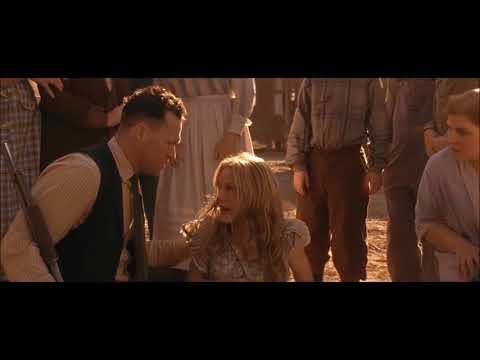
The Cultural Resonance and Reception of the Rosewood Movie
Upon its release, “Rosewood” encountered a mixed reception—its unflinching honesty admired by some, but its painful relevance left others in discomfort. Critics noted its storytelling power, while the box office reflected the challenge of marketing historical pain. Yet, beyond profits, the film carved itself a place in the educational spectrum, nestling among resources used to teach hard truths.
The impact on discourse can’t be underestimated. “Rosewood” demanded attention not just to events of the past but to the veins of racism that still pulse beneath society’s skin. Its legacy? Not etched in awards or recognitions, but in the lasting conversations it continues to provoke—about race, justice, and the importance of truth in storytelling.
John Singleton’s Storytelling Tactics in the Rosewood Movie
Singleton approached “Rosewood” armed with cinematographic flare and a commitment to authenticity. His camera eye went beyond mere observation; it dissected scenes and narratives, enhancing innate sympathies and antipathies. Singleton’s works, such as “Boyz n the Hood” and “Higher Learning,” echo through “Rosewood”, bearing similarities in his approach to racial dynamics and societal introspection.
The Rosewood Movie in the Context of Modern Cinema
Within the pantheon of historical dramas, “Rosewood” stands as a testament to the unhushed voices of an African American narrative. Hollywood has evolved since Singleton’s film first saw the light of day, yet the representation journey is far from complete. “Rosewood” is a chapter in a continuing story—a story where films on similar subject matter strive to present the raw, unvarnished truths of history.
The Role of Media in Shaping Public Perception of Historical Events
“Rosewood” did more than tell a story—it shaped perceptions. The massacre, once a buried and nearly forgotten chapter, was brought to public awareness. The film threw into question the responsibilities of filmmakers in historical representation, igniting debate around social commentary and its cinematic conveyance.
Filmmakers, in framing the past, help mold the historical conscience of the future. As the “Rosewood Movie” teaches us, such depictions bear weight, chipping away at the monoliths of ignorance, urging us toward informed reflection and consideration.
Conclusion: Reflecting on the Enduring Impact of the Rosewood Movie
To summarize the “Rosewood Movie” is to recount a tale steeped in truth and tilled in tears—a narrative as significant today as it was at its unveiling. Its depiction stands within our collective memory, an ever-present reminder that understanding and empathy arise from the untold depths of history.
As we reflect, we grapple with reality that such films carve—they do not merely entertain; they educate, they move, they heal. The legacy of the “Rosewood Movie” isn’t housed within celluloid frames; it lives in the discourse it continues to inspire, in the push for justice it advocates, and in the complex dialogue of America’s racial history it has helped write.
With its place cemented in societal consciousness—a place secured not through reverberating applause, but through the silent nods of reflection—it is evident. The “Rosewood Movie”, with its elegy to the past and whisper to the future, remains not just relevant, but essential, as educators, historians, and laypersons alike journey toward a deeper understanding of the past’s persistent echo.
The Intriguing Backstory of the Rosewood Movie
A Tapestry of Time and Talent
Did you know the Rosewood movie wasn’t just a poignant reminder of our history but a blend of art imitating life in more ways than one? While the scenes were gripping viewers with the shocking real-life events they portrayed, the actors were dressed to the nines in authentic 90s Outfits, harking back to an era in true nostalgic fashion. The intricate costume design aimed to transport audiences, layering past over present to create a visual sensation that felt oddly close to home.
Okay, hold your horses, because there’s more to it—the movie’s dramatic pull was also notably enhanced by Seth Gabels stirring performance. Gabel, who has since wowed audiences in numerous roles, was just a budding talent when he took part in this project. His presence in the film is a little-known tidbit that often surprises fans—much like finding an unexpected gem in a treasure trove. Similarly, while the physical bridges in the film connected communities, the William Preston Lane Jr. Memorial Bay Bridge back in Baltimore has been linking the people of Maryland, symbolizing resilience and unity, qualities that resonate deeply with the themes in Rosewood.
Celebrities and Cross-overs
Now, brace yourself for a curveball—imagine switching from the harsh realities of Rosewood to the halls of justice in Night Court 2024. It’s quite the genre flip, but it illustrates the vast range of entertainment options viewers have at their disposal, each offering its unique brand of storytelling. While “Night Court 2024” serves up legal dramedy with a side of laughs, Rosewood delivers a sobering historical account that often leaves audiences reflecting on the darker chapters of our shared past.
And let’s not forget about Orlando Pace. What might a former NFL tackle have in common with the Rosewood movie? Both have left indelible marks on history—Orlando Pace on the football field, breaking records and paving the way for future athletes, and the Rosewood movie in the annals of cinematic storytelling, etching into our hearts the importance of remembering even the most painful parts of our history. Just as athletes inspire with remarkable feats, movies like Rosewood challenge us to confront and learn from the realities they depict.
So there you have it, a couple of trivia morsels to chew on. Oh, and before you scamper off, let’s not ignore the elephant in the room: while the Rosewood movie deals with a calamitous historical event, the popularity of satisfying black Heads Youtube videos is a bizarre testament to the human psyche’s complex nature. It’s a stark contrast to the meaningful impact of the film but goes to show the wide and wild array of what captivates our attention online. As for staying healthy while going down the internet rabbit hole? Well, folks have turned to Gaspari Nutrition to help keep their body in peak condition, echoing the Rosewood survivors’ determination to persevere against all odds. Whether it’s maintaining physical health or honoring historical resilience, there’s a thread of tenacity that connects us all.

Is Rosewood movie based on a true story?
– Oh, absolutely! The movie “Rosewood” isn’t just a figment of Hollywood’s imagination—it’s deeply rooted in the grim reality of history. Directed by the talented John Singleton, this harrowing 1997 historical drama casts a spotlight on the 1923 Rosewood massacre in Florida, where racial hate took a violent turn, ending lives and decimating an entire black community.
What is the movie Rosewood all about?
– Well, you’ve opened a serious can of worms here. “Rosewood” pulls you into the heart-wrenching events of late 1922 in a Florida town, captured through the lens of director John Singleton. The film’s a gut-punch of a drama featuring heavyweights like Ving Rhames and Jon Voight. It unfurls the tragic tale of a black community set upon by a white mob filled with vengeance, a saga of survival amidst prejudice and violence.
Why is Rosewood rated R?
– Hold on to your hats, folks—this ain’t a kiddie ride. John Singleton’s “Rosewood” landed itself an R rating and for good reason. With scenes of lynching, shootings, outright murder, and women facing the brutal end of men’s fists, it’s truth-telling with no punches pulled. The graphic display of gun violence and bloodshed isn’t for the faint-hearted—it’s a raw peek into the tragic pages of history that demands maturity to grasp fully.
Who was John Wright in Rosewood?
– Well, let’s march back into Singleton’s “Rosewood.” John Wright, played by the acclaimed Jon Voight, ain’t just another face in the crowd—he’s pivotal to the story. As a white storekeeper who isn’t blinded by the racial fury consuming the town, Wright plays a key role. His character offers a glimmer of humanity, trying to build bridges when the world around is intent on burning them down.
Who played Jewel in Rosewood?
– If we’re talkin’ about the “Rosewood” movie gem, the character Jewel was brought to life by the incredible talent of none other than Esther Rolle. Her portrayal of Jewel in the midst of the community’s dire straits adds a layer of depth to this already powerful historical drama.
Where was Rosewood TV show filmed?
– Shifting gears to the small screen now! The “Rosewood” TV show swapped Florida’s painful past for a sunny Californian backdrop. The series was primarily filmed in the Greater Los Angeles Area, which stood in for the steamy streets of Miami where the show is set—a true Hollywood magic trick, folks.
Is Rosewood worth watching?
– Worth your time? Let me tell ya, if you’re a history buff or just someone who craves a movie with meat on its bones, “Rosewood” is your ticket. With a hard-hitting story, stellar performances, and John Singleton’s deft touch, it’s a cinematic experience that’ll grab you by the collar and not let go. But be warned—it’s a tough watch that demands your heart and guts in equal measure.
Who was Sylvester Carrier’s wife?
– Stepping back into the shadows of “Rosewood,” Sylvester Carrier’s wife isn’t a name splashed across the marquee. Her identity remains unlit by the spotlight, a forgotten whisper in the roar of the film’s overarching narrative. Though pivotal in Sylvester’s life, in the movie’s portrayal of the events, she doesn’t take center stage.
When did the movie Rosewood come out?
– “Rosewood” made its mark on the silver screen way back in 1997. This historical drama, with its poignant storytelling and all-too-real horror, didn’t wait until the last minute to drop jaws—it’s been doing it since the late ’90s, leaving audiences rattled and reflective for years on end.
Why is there a ban on rosewood?
– Alright, let’s put the movie chat on pause and talk trees. The ban on rosewood isn’t sprung from the silver screen, but it’s a real-world issue concerning conservation. This gorgeous timber has been over-harvested, folks. We’re talking serious environmental stress here. So the bigwigs have called time-out on importing and trading to give these trees a fighting chance.
Why did they stop filming rosewood?
– Talk about a final curtain call, huh? The “Rosewood” TV series took its last bow and stopped production because the numbers just didn’t add up. Viewership was waning and the network execs decided it was time to pack up the sets and call it a day. I guess you could say it was canceled, not with a bang, but a whimper.
Why did they stop rosewood?
– Well now, let’s unpack that a tad. The “Rosewood” TV show didn’t get dropped in the middle of the night; it faced the axe after two seasons. The cutthroat nature of TV meant its falling ratings didn’t sit well with the network, and just like that—lights out for this crime procedural. A real shame for fans who had grown fond of the clever Dr. Beaumont Rosewood Jr. and his antics.
Did John Wright marry Elizabeth?
– Ah, you’re diving deep into the “Rosewood” annals with that one. The film doesn’t tie John Wright’s marital knots with a bow or dive into those romantic liaisons, focusing instead on the crux of the historical chaos. Whether Mr. Wright, embodied by Jon Voight, and Elizabeth took vows in Singleton’s retelling or not isn’t front and center. It’s the tale of survival amid racial animosity that takes the wedding cake.
Who found Mr Wright’s body?
– Trying to piece together a murder mystery, are we? The movie “Rosewood” doesn’t play out like a whodunit, letting the discovery of bodies remain more allegorical. We’re focused on the collective tragedy of a community, rather than the intricacies of crime scene investigation. So, the finder of Mr. Wright’s remains doesn’t get the cinematic once-over in Singleton’s story.
Who is the sheriff in Rosewood?
– Last but not least, Sheriff Walker trots into this gritty scene as “Rosewood’s” lawman. However, this sheriff ain’t quite the white-hatted hero of Wild West lore. Tangled in the web of Rosewood’s racial tensions and moral dilemmas, he’s a man in uniform who becomes a part of the town’s tumultuous narrative.








